Virtuoso Music for Brass - Complete works for euphonium (Jules Demersseman) |
||
|
Repertoire
- Premier Solo
- Premier Solo de Concert
- Deuxieme Solo de Concert
- Cavatine Op.38
- Cavatina
- Introduction et Polonaise Op.30
- Grande Fantasie Dramatique
- Grande Fantaisie sur ‘Don Juan' de Mozart
- Fantaisie sur ‘Le Desir' de Beethoven
- Introduction et Variations sur le ‘Carnival de Venise'
- Grand Duo sur les motifs de Guillaume Tell (Grand duet on themes from William Tell) ~ both parts played by Steven Mead
Additional Information
Thanks to Luc Vertommen for the inspiration behind this remarkable CD. The music of Jules Demersseman is certainly unknown to brass players at present. But this recording of his 'lost' works for the now extinct six valve trombone, a creation of the instrument maker Adolphe Sax in the early 19th century, is sure to put his music into the minds of brass players now. It is wonderfully inventive and spontaneous music which tests the ability of even today's players. How these virtuoso pieces were played on the trombone with 6 independent valves we just don't know, it seems too remarkable for words!! Enjoy this latest CD recording by Steven Mead and the brilliant accompanist Tomoko Sawano.
Jules (Auguste Edouard) Demersseman (1833-1866) was in his time a remarkable flautist and meritorious composer. Historically the most important works he composed were those for the new trombone with six independent valves developed by Adolphe Sax.
The works that Demersseman wrote for this new instrument could be easily subdivided into two main categories : the typical exam-pieces (Volume 1) and the themes and variations usually based on well known operatical themes (Volume 2). Both the typical ‘Solo de Concert' (the exam-pieces used at the Paris Conservatory) and the themes and variations breathe the Parisian musical taste of that era and the influence of romantism and salon music. They focus on the many technical difficulties and virtuoso effects a student should master and the emotional expression. This new and first complete edition for euphonium and piano was mainly based on the original 1865 editions published by Adolphe Sax himself and are suited perfectly for the modern day euphonium players.
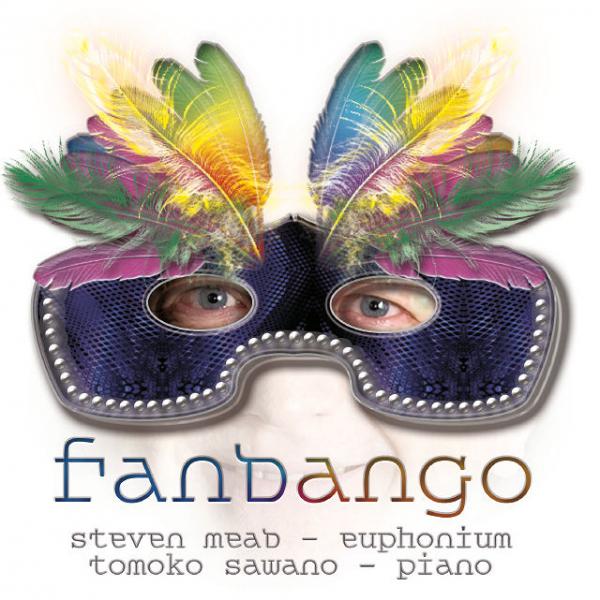
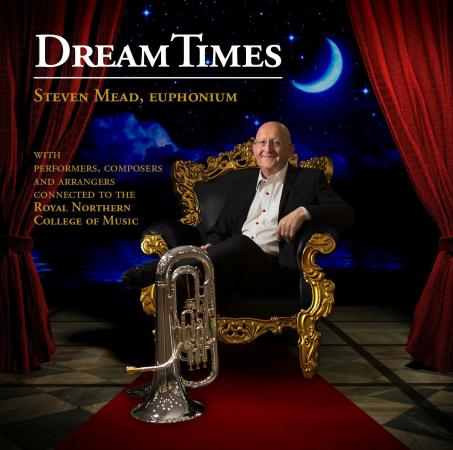
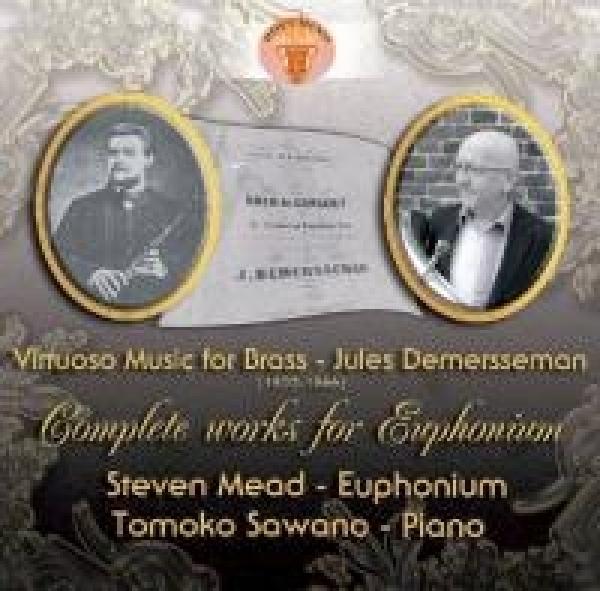
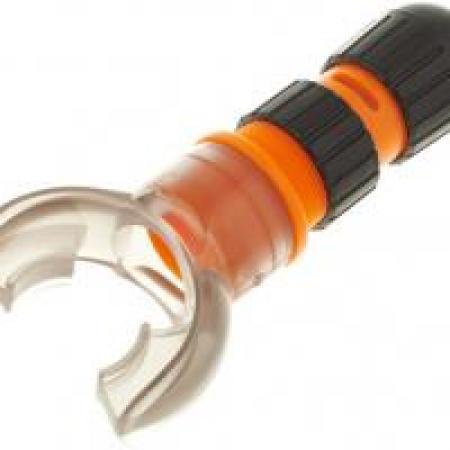
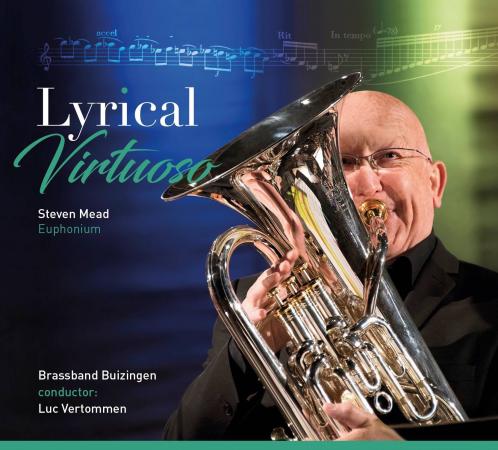
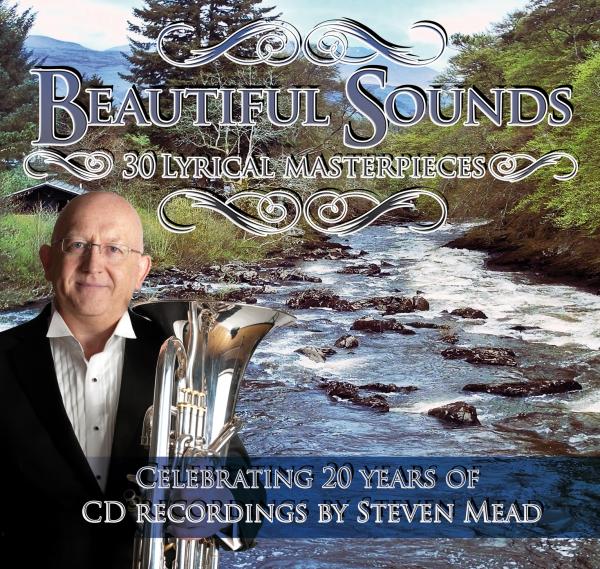
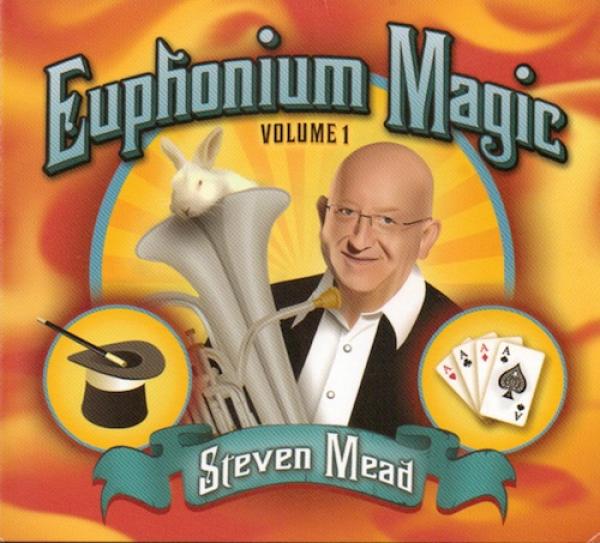
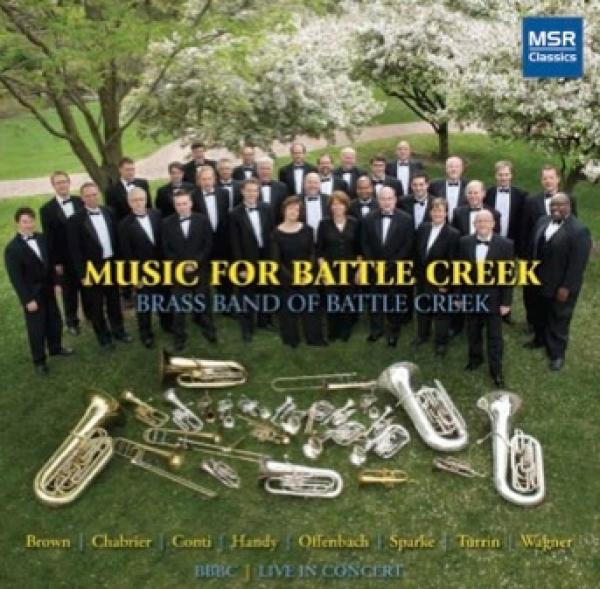

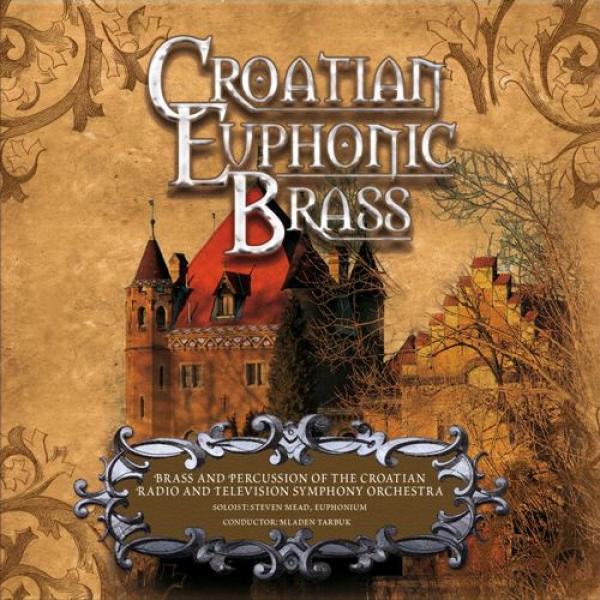
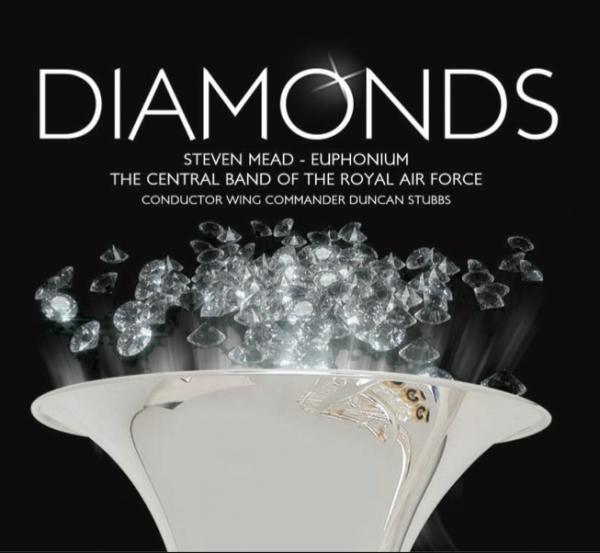
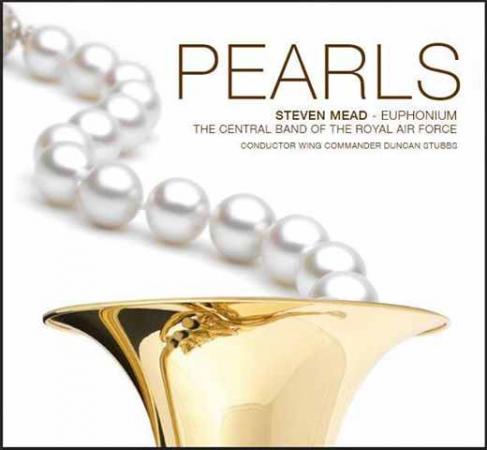
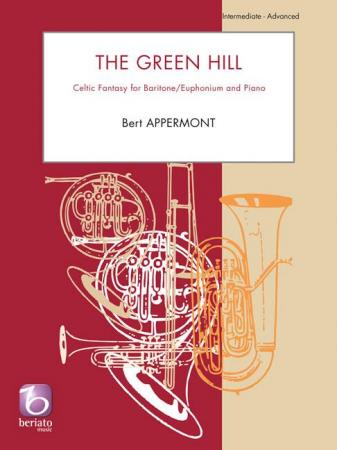

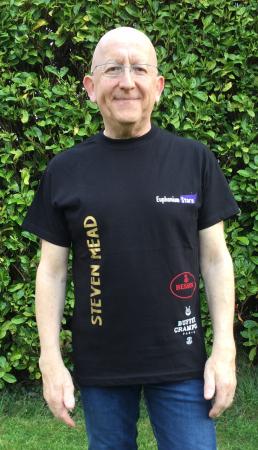
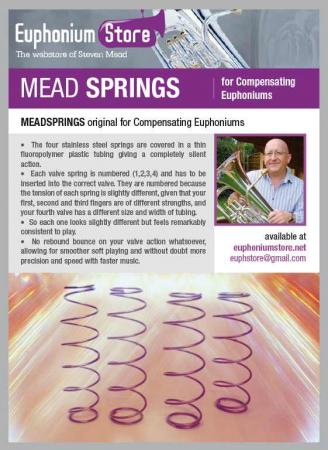

 In stock
In stock